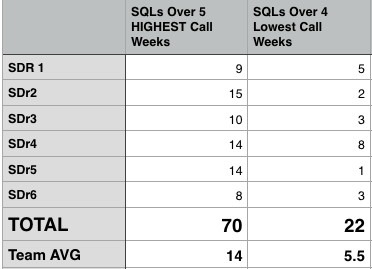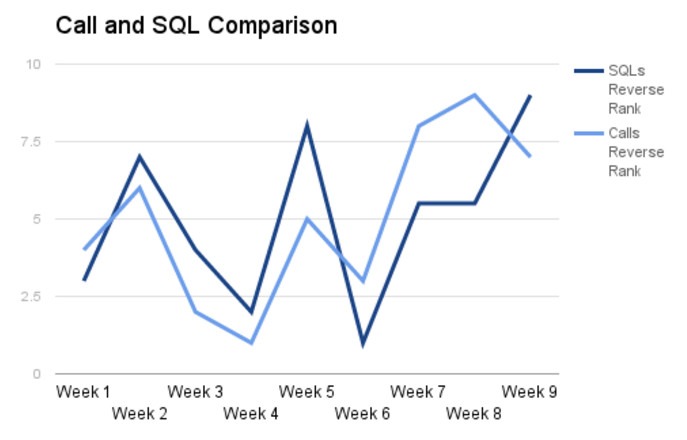Originally posted by Zach Barney on 10/25/16 Link to original post
When I first met Peter Chun (VP Inside Sales at LucidChart) a few years ago, he was just taking over as the Director of Sales Development at HireVue. I was working there as a Regional Sales Manager which is fancy talk for “Account Executive.” We hit off a great working relationship immediately, as our sales philosophies aligned quite well. One of the things that Peter confessed to me a few weeks into his role was that he was forcing himself to be an observer for 2 months before making any process large changes to his team. He explained that while he could easily see some immediate changes that needed to be made, he wasn’t going to win any friends by coming in as a person with all the answers.
4 months ago I found myself in the same position, having transitioned into a leadership role in Sales Development at Teem. I’m stoked about it because of how much pain we solve with room management in the digital workplace. (Sign up for a trial here, it’s free!) Sales Development is a very new initiative here, with me being the 1st person hired to lead it. When I started, our team of 4 outbounders had made a grand total of 18 calls the week before. That’s not a typo. It works out to less than 1 call per day per person. They were pulling a decent volume of SQLs, and while I didn’t show the level of restraint that Peter did at HireVue, I knew that any changes an arrogant know-it-all like myself tried to make immediately would be met with lots of resistance. So I implemented a simples sales development plan with 3 basic minimum activity standards.
1-Minimum average of 20 calls per day, per SDR.
2- Every prospect is emailed 4x, called 5x and has 2 social media touches before exhausting.
3-Every activity is done with a purpose, no dialing for dollars and no spam email campaigns. Aaron Ross would be proud.
Fast forward a few months and I found myself on a futon in the hospital, my newborn son getting his tests done by the staff. My beautiful champ of a wife was sleeping peacefully on some cocktail of pain killers and epidural, and my dang “bed” was keeping me awake. It was time to have some fun with spreadsheets and see what the data tells me. I had a feeling that it’s going to be pretty clear.
I had no idea just how painfully obvious it would be what we needed to do to continue to improve.
This is what I did with the data:
I broke out each outbound SDR’s call volume by week over the past 9 weeks, which is when our 2 most recent SDRs started, and then compared that with their SQLs (Sales Qualified Leads) for the same time period. I then took the SQLs in their 5 highest individual call weeks, and compared them with their SQLs in their 4 lowest call weeks. Here are their actual numbers.


Here is a graph comparing our SQLs to call volume week by week.
I don’t know of many factors that more directly contribute to a sales result than this.
Conclusion: We are literally more than 2.5x as effective during our high call volume weeks. I ran the exact same report on email volume to make sure that it was actually the calls that are making the difference. Of our 5 best SQL weeks, only in 3 of them was our email volume above average for the time period. It’s the calls. It’s the calls. It’s the calls!
It’s safe to say our call volume will continue to remain high, but I’m never going to be one to advocate for SDRs becoming telemarketers. As I mentioned early on, every activity we do is done with a purpose. But now we’ll have a lot more purposes going on.


